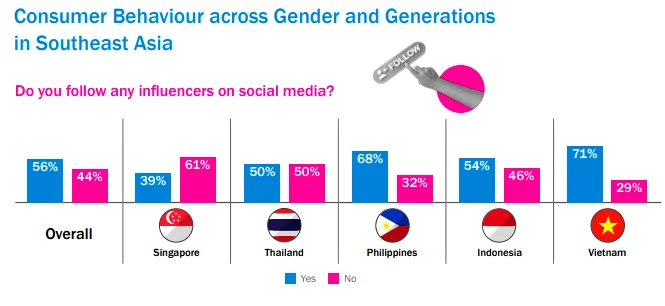Marketing Interactive – The Tokyo 2020 Paralympic Games wrapped up on 5 September in a colourful closing ceremony to signify unity and diversity. The games ran across 12 days featuring 22 sports with 4,400 athletes from 161 National Paralympic Committees. Despite a pandemic-ridden year, Tokyo still managed to pull off both the Olympics and Paralympics. While both games celebrate the achievements and amazing feats of athletes, online chatter around the Olympics soared higher, compared to that of the Paralympics.
…The lack of marketing around the Paralympics, however, is not the sole fault of brands. Co-founder and principal of R3, ShuFen Goh, said consumer attitudes influence marketing spend, and in Asia, the lack of visible support by brands of the Paralympics is indicative of wider societal sentiment.
“We have a lot of work to do in this region around accepting and embracing people with disabilities. Until this is addressed, the Paralympics will continue to have less marketing exposure in Asia than the Olympics,” she explained.
According to Goh, overall, there were lesser marketing executions this year compared to previous years for Olympics, and the Paralympics was also not spared either. Also, brands had to tread carefully on the PR front as there were conflicting feelings about whether the games should have been held at all during the pandemic. Citing a poll by Japanese newspaper Asahi Shimbun, Goh said 68% of Japanese didn’t believe that the games could be held safely. That said, what is heartening is that more broadcasters opted to cover the Paralympics this year, with countries including Singapore, Malaysia, Indonesia, the Philippines and Thailand offering daily coverage for Paralympic athletes, Goh said. She explained: Seeing these athletes in action is one way to change attitudes around ability and performance. Increased exposure is important, and if it is not done by brands right now, it’s being done by the media.





